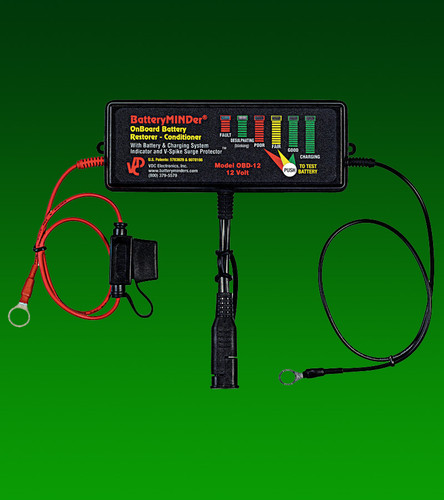Alloy
Well-known member
As mentioned flexible panel are not ideal. The biggest issue would be the heat transfer into the sleeping area.
With rigid panels you'll want a min. 3" air gap under the panel(s) .
When I was looking Panaisonic were #3 in efficiency (19.5%) and the price was better compared to others with less efficiency.
Check if there is a maximum amount of weight that can be added to the top......the gas springs and connections many need upgrading.
With rigid panels you'll want a min. 3" air gap under the panel(s) .
When I was looking Panaisonic were #3 in efficiency (19.5%) and the price was better compared to others with less efficiency.
Check if there is a maximum amount of weight that can be added to the top......the gas springs and connections many need upgrading.



